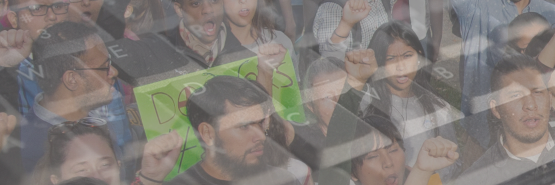Today is the day that Andrew Cuomo finally admitted what every else was saying: he can’t govern New York State anymore.
The long and vomit-inducing list of gropes, creepy comments and sexualized one-way behavior that was a part, albeit a significant one, of the intimidation and abuse that was Cuomo’s universe, has brought him down. An ever-increasing number of women accused him of stuff that, with each revelation, got more outrageous.
The behavior exposed in these revelations surprised no one. Among stage politicians and reporters who cover the sad spectacle of New York State government, Cuomo has long been considered an abrasive bully and center-stage hog. He can be shockingly vindictive and horribly insensitive.
That, of course, didn’t bring him down. Neither did the allegations of misconduct or whatever name they’re giving sexual abuse these days. Cuomo was brought down because he has lost all his allies and he’s lost them because his brand of old-school politics is the latest casualty of this country’s move to the left and this state’s dramatic demographic changes.
About 30 years ago, when I was doing some work for a couple of the city’s unions, I remember marveling at how white the City Council of New York City was. As I remember, there were three people of color on it at that time. Today, we could say almost the same thing about the white people on the Council.
Same is true of the State Assembly and its Senate, although the changes are not as dramatic since New York City is now 70 percent people of color and the state itself is not reflective of that at all. But, with a population of 8 million and a position as a financial and arts capital, New York City is most of the state. It’s not so much that populations have grown — they have but not all that much — but that there has been a huge jump in consciousness about them as well as an empowering of the movements and leadership in these communities.
Access to higher education, more time trained as speakers and organizers, social response to the relentless pressure a mass movement can bring…all have resulted in what you’re seeing now: a very different political picture with a very different political culture.
The error people make when they evaluate these changes is the belief that they represent real change in and of themselves. What you’re seeing isn’t a vehicle for change; it’s the result of change, the shift from politics in the voting booth and at power lunches, to politics in the streets.
All the press conferences, statements, announcements and actions in Albany and Washington and wherever else people meet to govern your life can’t come close to the impact of the Black Lives Matter demonstrations that have managed to do something we haven’t done in the half century I’ve been active. They have “centered” racism in politics and look, just objectively and honestly look, at the changes we’ve seen in public conversations, laws, and government policy (to say nothing of Presidential cabinets).
This is the case with Cuomo. What happened to him wasn’t the outcome of some “me too” movement in privileged hallways and conference rooms. Women, and their allies of other genders, have been out in the streets for decades fighting around these issues and that relentless push has convinced an over-whelming majority of women. The attitude of almost every woman I know in their 20s and 30s is a world away from the attitudes of most women I knew when I was 30.
It is truly stunning and that’s what a mass movement does.
Maybe, when thinking about how this affected Cuomo, we might think about how such actions would affect other issues, problems and oppression in our lives.
